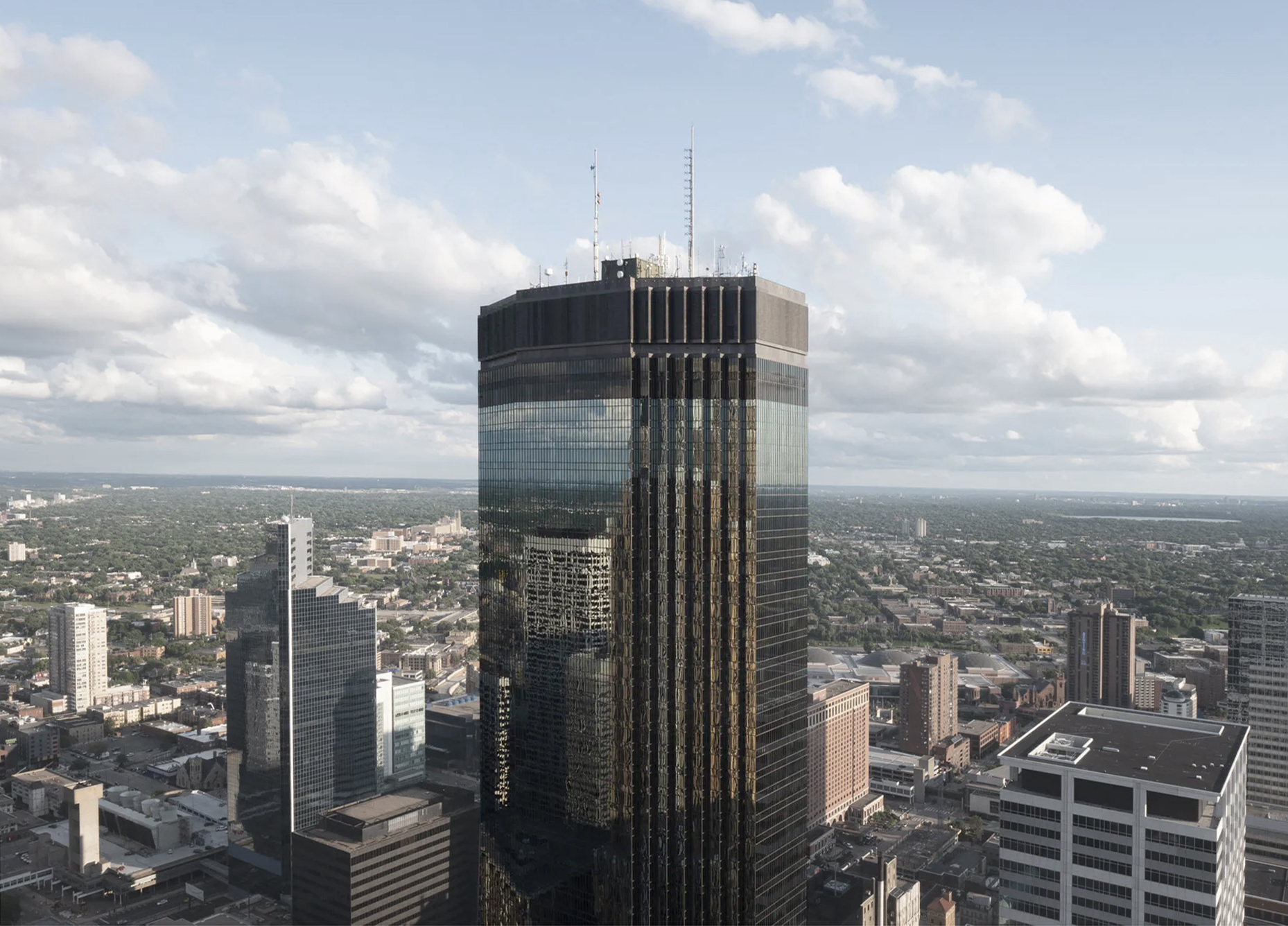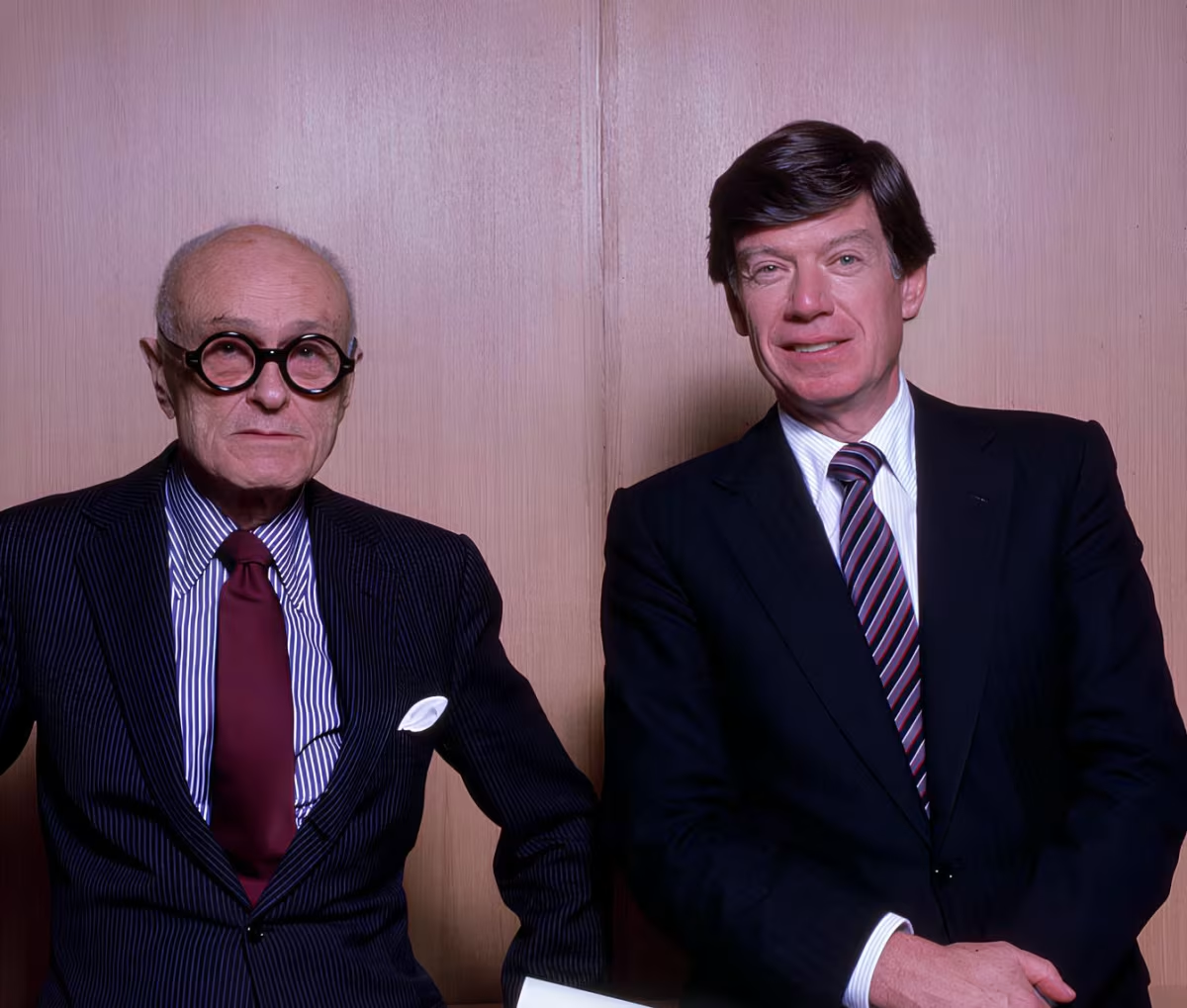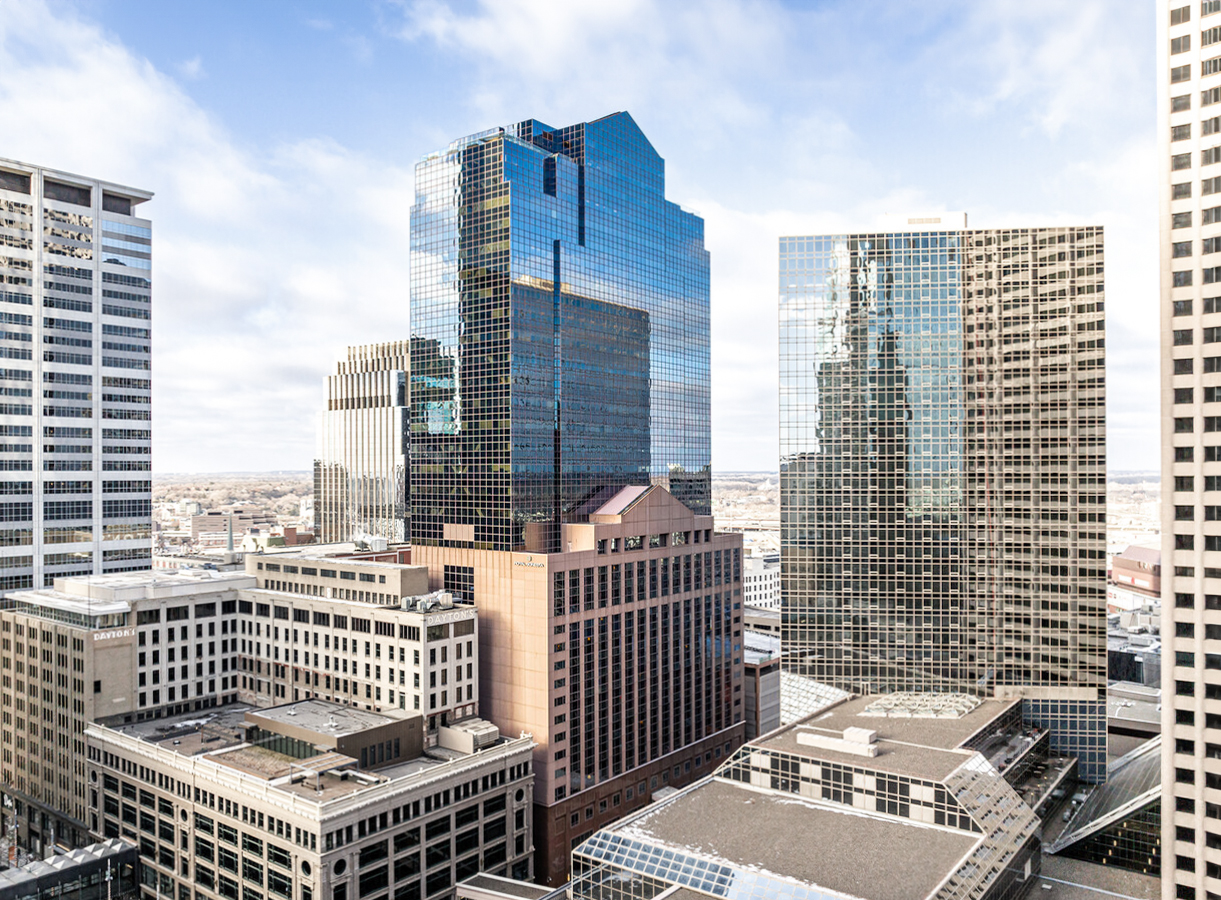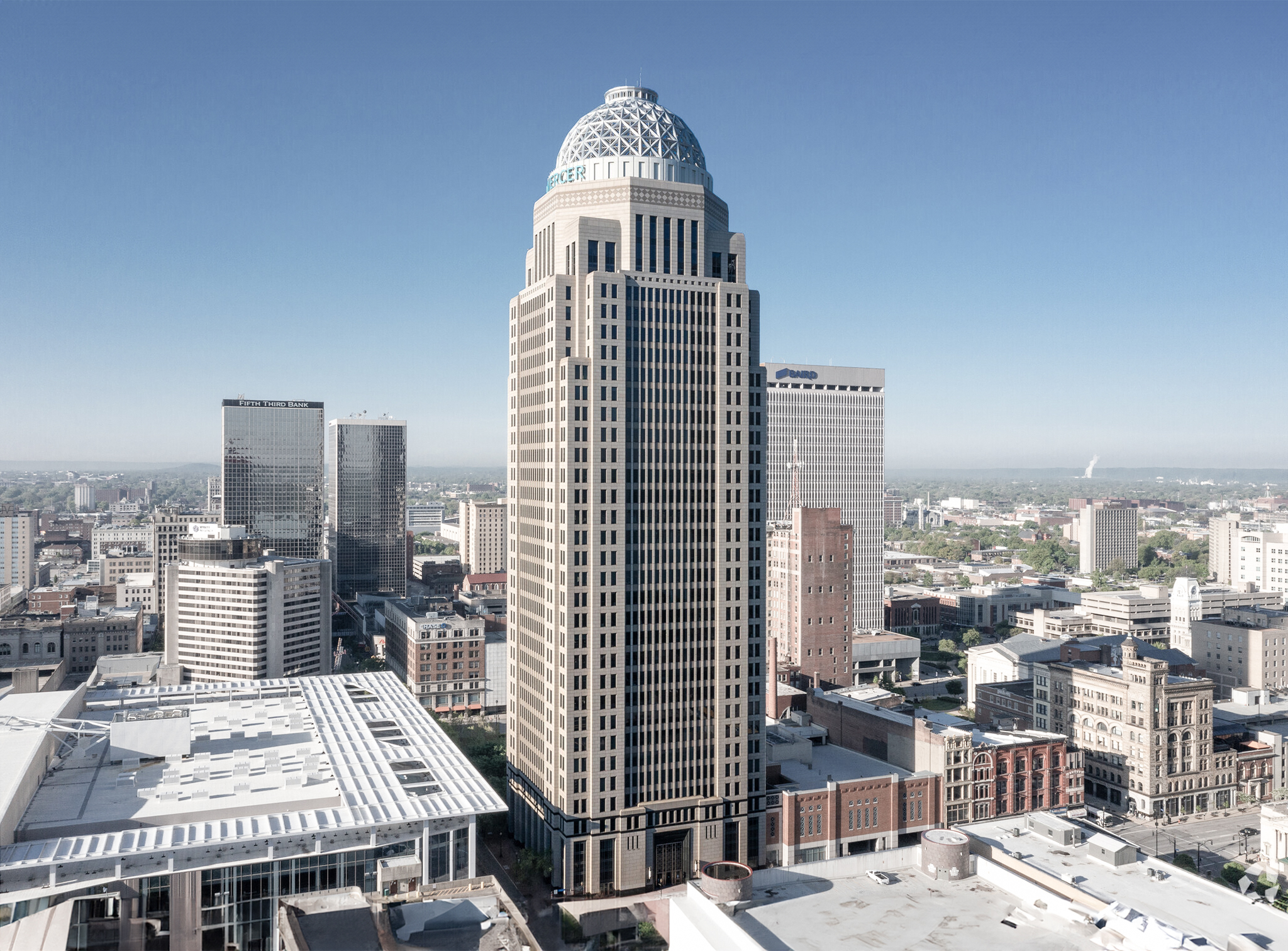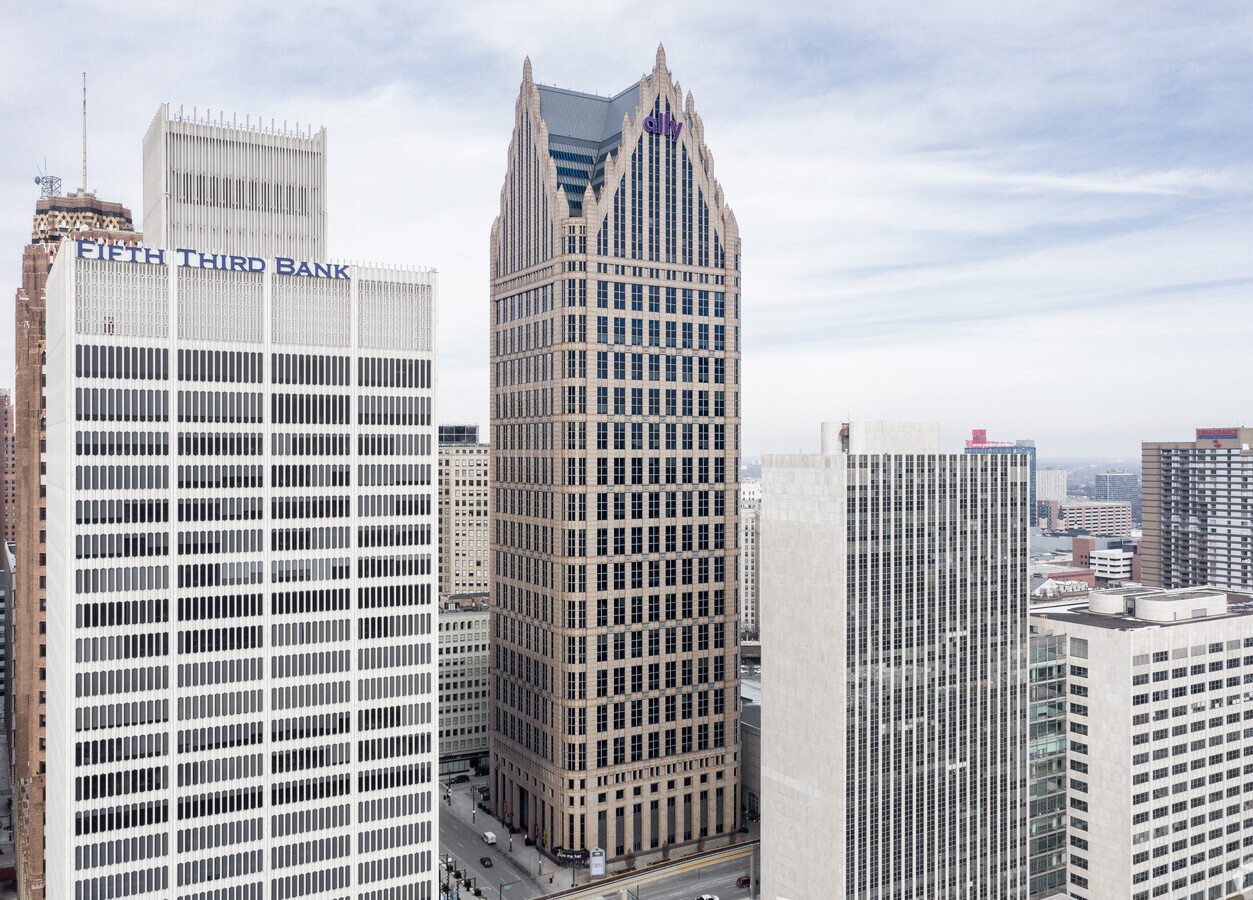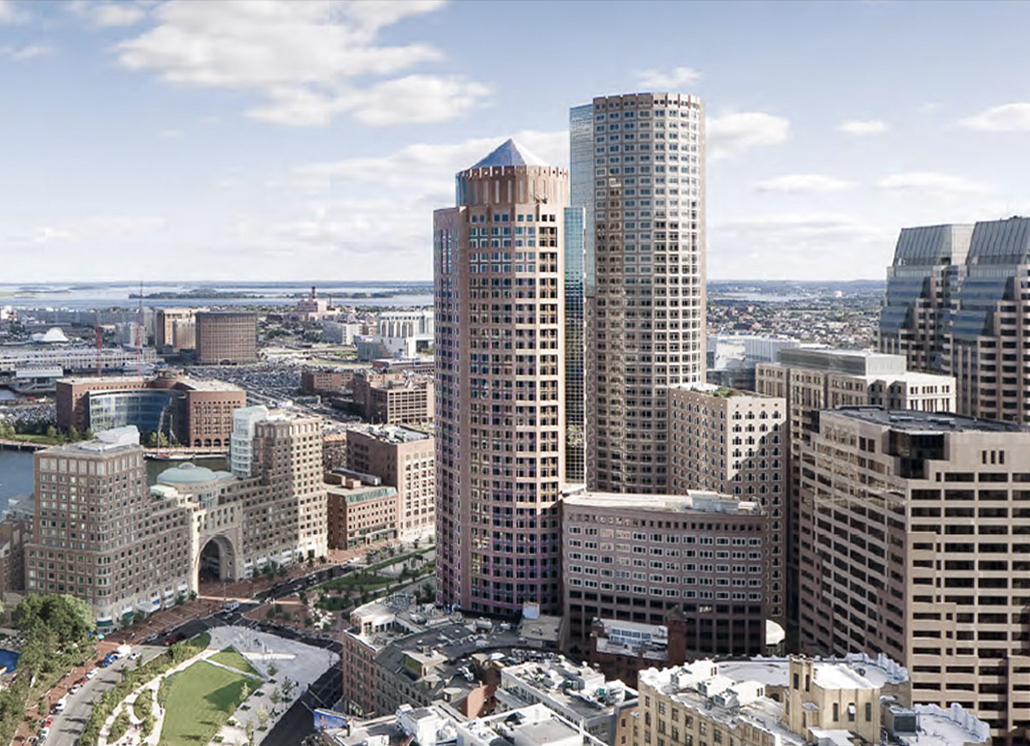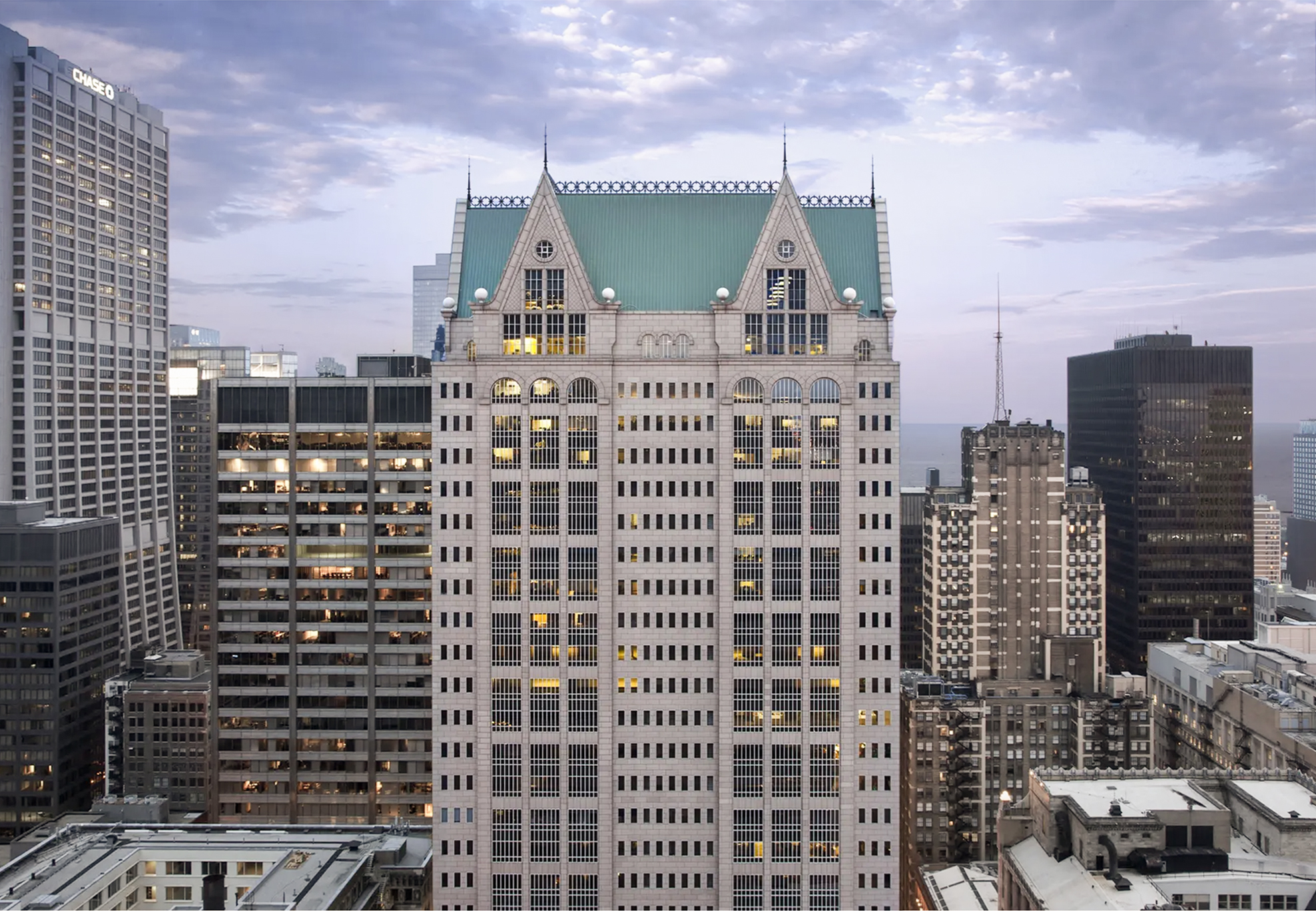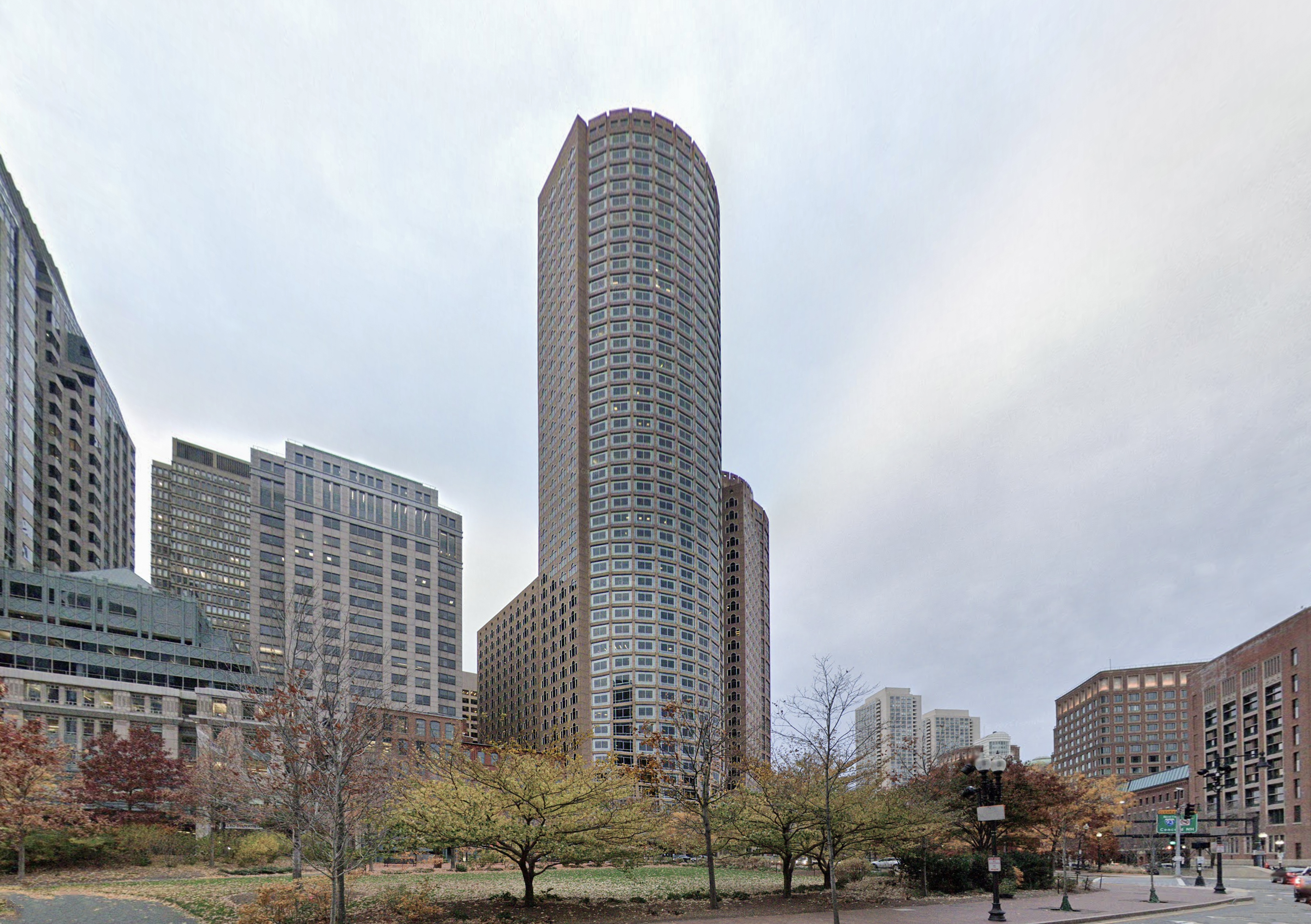The IDS Tower is a Postmodernist skyscraper designed in 1960 by Johnson/Burgee Architects, with Philip Johnson as lead architect, and built between 1969 and 1973 in Minneapolis, MN.
Its precise street address is 80 8th Street South, Minneapolis, MN. You can also find it on the map here.
In 2015 the IDS Tower was awarded with the BOMA 360.
Crystal Court, a lobby and commercial area at the base of the tower, offers aerial connections between the tower and the four adjacent blocks. The building has an 8-story annex on Marquette Avenue that can only be accessed using the elevators in the IDS Tower.
The building underwent a major restoration between 1978 and 1979.
